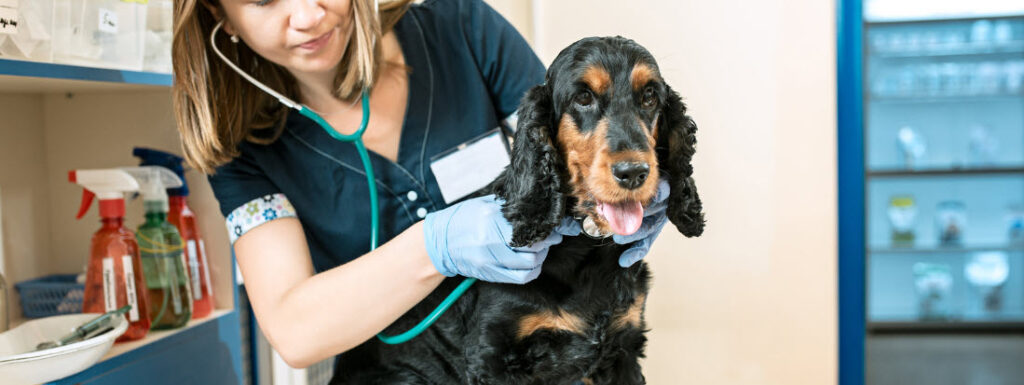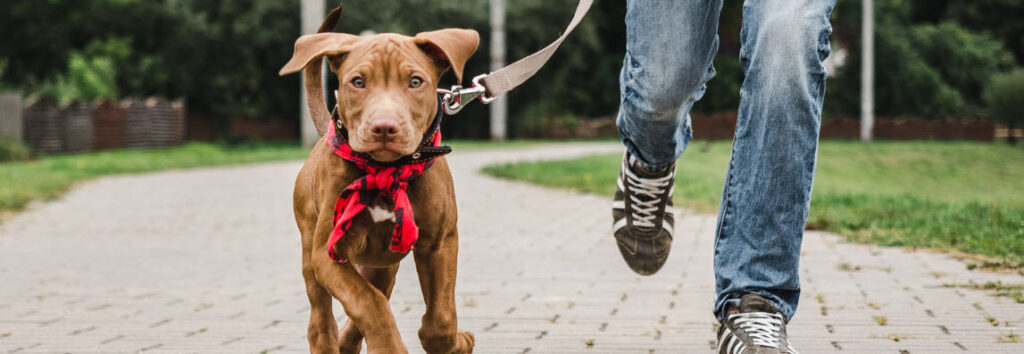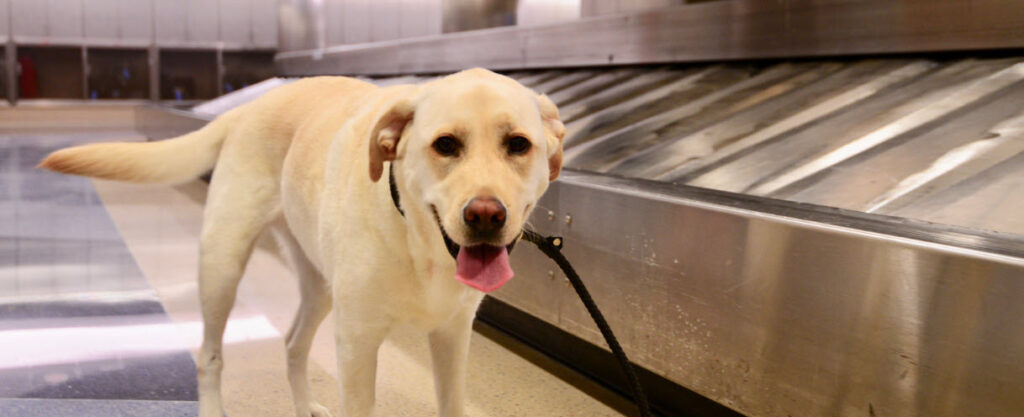Hey there, travel enthusiasts and welcome to my post where we will check out my 10 tips for flying with dogs. Flying with your furry friend can be a rewarding experience, but it can also be a challenging one. Whether you’re traveling for leisure or moving across the country, bringing your dog along for the ride can be a stressful and overwhelming task.
However, with the right preparation and a bit of patience, you can ensure that your dog has a safe and comfortable journey while flying. Furthermore, as a pet owner, you are responsible for your dog’s well-being, which means that you need to plan carefully and be prepared for any situation that may arise during your flight. This includes understanding airline policies, preparing your dog for air travel and providing them with the necessary care and attention they need throughout the journey.
- Plan ahead
- Select the right carrier
- Familiarize your dog with the carrier
- Schedule a visit to your veterinarian
- Avoid feeding your dog before the flight
- Exercise your dog before the flight
- Bring comfort items
- Arrive early
- Notify the airline and flight crew
- Keep calm
Tips for Flying with Dogs
So for those of you looking to hit the skies with your four legged friend in tow, let’s check out my 10 tips for flying with a dog below:
1. Plan ahead
It’s essential to start preparing for your trip as early as possible to ensure a smooth and stress-free journey for you and your furry friend. First and foremost, make sure to check the airline’s pet policies and requirements for traveling with pets.
Different airlines have different rules and restrictions, so it’s important to research and understand the specific requirements of your airline. This includes information about carrier size, weight limits, breed restrictions and whether pets are allowed in the cabin or must travel in the cargo hold.
2. Select the right carrier
When choosing a carrier for your dog, it’s essential to keep several factors in mind to ensure a safe and comfortable journey. Firstly, it’s important to check the airline’s guidelines for pet carriers to ensure that the carrier you select is the right size and weight. Additionally, the carrier should be sturdy and durable, with strong zippers and clasps, and adequate ventilation for your dog.
Also look for a carrier that has a padded interior with soft bedding to keep your furry friend comfortable during the flight. The carrier should also have a secure locking mechanism that can prevent your dog from escaping or falling out as well.

Check out these: 3 Best TSA- Approved Pet Carriers for Travel
3. Familiarize your dog with the carrier
One of the crucial steps to ensure a smooth and stress-free journey for your furry friend is to familiarize your dog with the carrier. Dogs can feel anxious and uncomfortable in unfamiliar environments, so it’s important to introduce them to the carrier gradually to help them feel more comfortable and at ease.
The first step is to choose the carrier well in advance of your flight and introduce it to your dog slowly. Start by placing the carrier in a visible and accessible area in your home and let your dog explore it on their terms. Encourage them to sniff and investigate the carrier by placing treats or toys inside as this will help your dog associate the carrier with positive experiences.
Once your dog has become comfortable around the carrier, it’s time to start acclimating to spending time inside it. Start by placing your dog in the carrier for short periods, gradually increasing the amount of time they spend inside. Reward your dog with treats or praise for staying calm and relaxed in the carrier.
It’s also a good idea to simulate the experience of flying by taking your dog for short car rides in the carrier as this will help them get used to the motion and vibrations of travel and make them more comfortable with the carrier as well.
4. Schedule a visit to your veterinarian
Before you embark on a journey with your furry friend, it’s essential to schedule a visit to your veterinarian to ensure that your dog is healthy and fit to fly. Flying can be stressful for dogs, especially if they have underlying health issues, so it’s crucial to ensure that your dog is in optimal health before the flight.
During the visit, your veterinarian will conduct a thorough check-up to ensure that your dog is up-to-date with their vaccinations, parasite-free, and free from any underlying medical conditions. They may also provide you with a health certificate, which is required by most airlines and certifies that your dog is healthy and fit to fly.
If your dog is on medication, you should also consult with your veterinarian to ensure that the medication is safe for travel and to discuss any special precautions that may need to be taken during the flight. In some cases, your veterinarian may recommend adjusting the dosage or timing of medication to ensure that your dog is comfortable and relaxed during the journey.
And finally, in addition to ensuring your dog’s physical health, a visit to your veterinarian can also help you prepare for any potential behavioral issues that may arise during the flight. Your veterinarian can provide you with advice on how to manage anxiety or motion sickness and recommend any calming remedies that may be suitable for your dog.

5. Avoid feeding your dog before the flight
Feeding your dog before the flight can lead to digestive problems such as bloating, gas and diarrhea. This can not only make your dog uncomfortable but also be disruptive for other passengers and cabin crew. Additionally, feeding your dog before the flight can increase the risk of motion sickness, leading to nausea and vomiting.
To avert these potential issues, it is best to feed your dog a light meal several hours before the flight which will give their digestive system time to process the food and minimize the risk of any digestive problems during the flight. It is also recommended to avoid high-fat and high-fiber foods that can take longer to digest.
If your flight is long, it’s important to keep your dog hydrated, so make sure they have access to water throughout the journey. You can offer them small sips of water during the flight to keep them hydrated, but avoid giving them large amounts of water, as this can increase the risk of accidents and discomfort.
6. Exercise your dog before the flight
Exercising your dog before the flight can help them to relax and feel more comfortable and can also help to tire them out, which can help them to sleep during the journey and make the time go by faster.
It’s important to note that exercising your dog doesn’t have to be an intense workout. A simple walk or some playtime in the park can be enough to help them release any pent-up energy and feel more relaxed. Just make sure to give them plenty of time to rest and recover after exercising, as they may become tired or overheated.
Flying can be a stressful experience for dogs and exercise can also help to release endorphins and reduce anxiety. This can make the flight more enjoyable for your dog and help to minimize any nervousness or restlessness.

7. Bring comfort items
One of the most important comfort items you can bring is your dog’s favorite toy or blanket as, like children, having a familiar object to cuddle with can help to reduce your dog’s anxiety and provide them with a sense of security. It can also help to distract them during the flight and keep them occupied.
Another comfort item to consider bringing is a comfortable bed or cushion for your dog to lie on. This can help to make the journey more comfortable for your dog, especially if they’re going to be on the plane for a long time. Make sure the bed or cushion is soft and supportive, and that it fits comfortably in the carrier.
Lastly, consider bringing a pheromone spray or diffuser to help calm your dog during the flight. These products mimic the pheromones that dogs release when they feel calm and relaxed and can help to reduce anxiety and stress.
8. Arrive early
When you arrive early, you’ll have plenty of time to check-in and get your dog settled. You’ll also have time to make sure that your dog is comfortable in their carrier and that they have everything they need for the flight such as food, water, toys, and any necessary medication.
Another reason to arrive early is to give your dog a chance to relieve themselves before the flight. Many airports have designated areas where dogs can go to the bathroom and arriving early will give you time to find these areas and allow your dog to relieve themselves. This can help to prevent accidents on the plane and keep your dog comfortable during the flight.

9. Notify the airline and flight crew
When booking your ticket, you should inform the airline that you’ll be traveling with a dog. The airline will provide you with information about their pet policies, fees, and requirements for pet carriers. It’s important to read and understand these policies and requirements to avoid any issues during check-in and boarding.
You should also notify the flight crew when you board the plane. This will allow them to make arrangements for your dog and ensure that they’re properly secured in their carrier. The crew will also need to know the location of your dog’s carrier, especially during takeoff and landing.
Notifying the airline and the crew of your dog’s presence can also help in case of an emergency as they will be aware of your dog’s presence and can take necessary steps to ensure their safety in case of turbulence or other emergencies.
10. Keep calm
As we have discussed above, flying can be stressful for dogs and they may sense your anxiety and become anxious themselves. Therefore, it’s crucial to keep calm when flying with your furry friend. Here are some tips to help keep you and your dog calm during the flight:
Practice relaxation techniques: Before the flight, practice relaxation techniques such as deep breathing or meditation to help calm your nerves. Your dog may also benefit from these techniques, and you can incorporate them into your dog’s routine leading up to the flight.
- Use calming aids: There are several calming aids available for dogs that can help reduce anxiety during the flight. These include natural remedies such as chamomile and lavender or products such as pheromone sprays or calming collars. Consult with your veterinarian to find the right calming aid for your dog.
- Stay calm during the security screening: The security screening process can be stressful for both you and your dog. It’s important to remain calm and patient during this process as your dog may become anxious or scared. Be prepared to remove your dog from its carrier for the screening process and use calming techniques to help keep them relaxed.
- Keep your dog close: During the flight, keep your dog’s carrier close to you and within sight. This can help them feel more secure and calm. Additionally, avoid letting your dog out of its carrier during the flight, as this can be unsafe and may cause anxiety.
- Provide distractions: Bring along some of your dog’s favorite toys or treats to help keep them occupied during the flight. This can help distract them from the unfamiliar environment and keep them calm.
FAQs
What is the best way to prepare my dog for air travel?
To prepare your dog for air travel, start by getting them used to their carrier. Allow your dog to explore and spend time in the carrier before the flight and also take them for car rides in the carrier to help them get used to the situation. Additionally, make sure to schedule a visit to the vet before the flight to ensure your dog is healthy and fit to fly.
Q: Can all dogs fly in the cabin with their owners?
Not all dogs are allowed to fly in the cabin with their owners. Each airline has its own pet policies and restrictions so it’s important to check with your airline before booking your flight. Generally, only small dogs that can fit comfortably in a carrier under the seat in front of you are allowed in the cabin.
Conclusion
And there they are, my 10 traveling tips for you and your dogs. Let me know how this article helped you, and as usual, let me know of your experiences here.
Also, please do not hesitate to comment below if you have any questions, concerns, or corrections, or would like me to check anything else out for you.
Until next time.
Have fun
Paul






